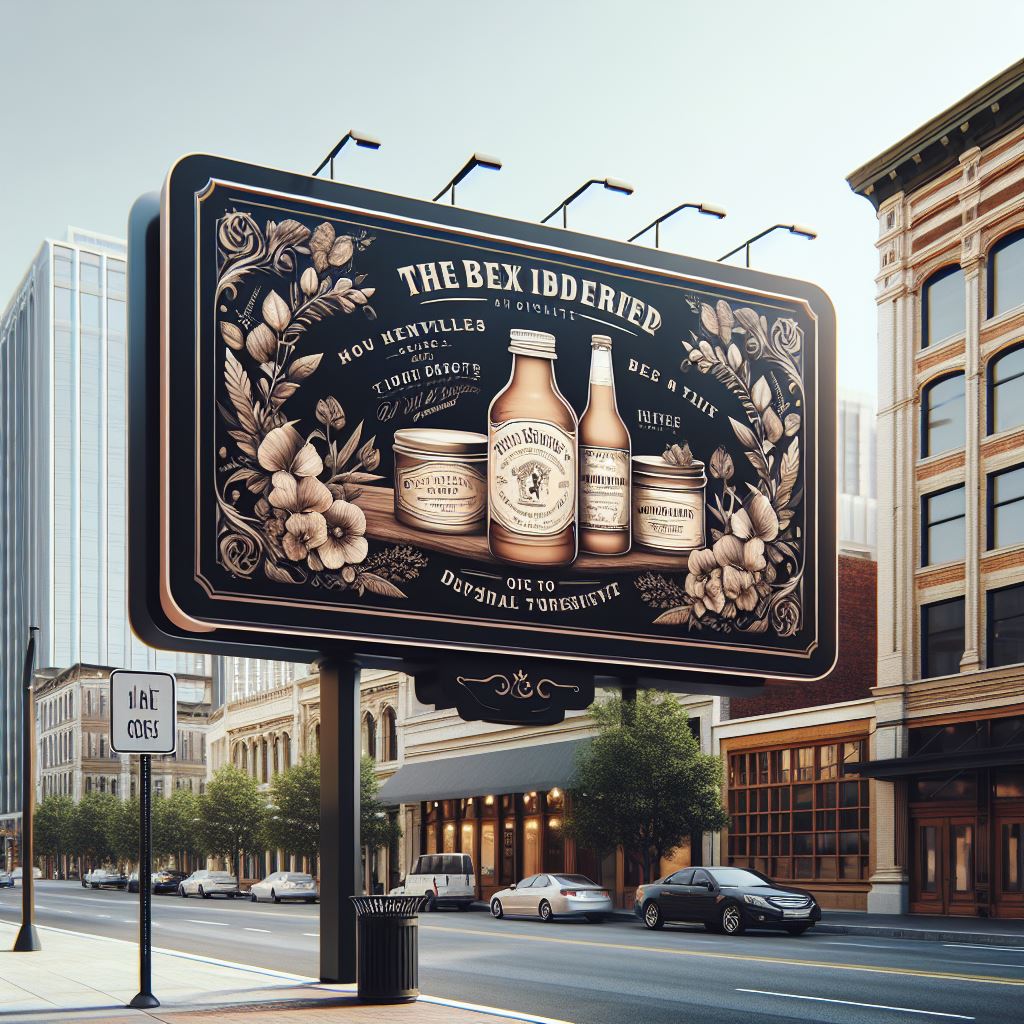India, with its diverse culture, languages, and traditions, presents both unique challenges and opportunities for businesses looking to market locally. Local marketing focuses on reaching potential customers within a specific geographic area, and in a country as vast as India, this strategy becomes crucial for success. From bustling metropolitan cities to serene rural villages, understanding the local landscape is key to crafting effective marketing campaigns.
Businesses in India have tapped into the power of local marketing by leveraging regional languages, participating in local events, and utilizing traditional media channels. For instance, a brand targeting customers in Tamil Nadu might produce ads in Tamil and sponsor local festivals, while a company in Punjab might focus on featuring local celebrities in their campaigns. This hyper-local approach not only builds trust but also fosters a deeper connection with the audience.
With the rise of digital platforms, local marketing has also evolved. Social media, search engine optimization, and online directories have become essential tools for businesses to reach their local audience efficiently. By optimizing content for local searches and engaging with the community online, businesses can drive targeted traffic and increase their visibility in specific regions.
At Gold Creek LLC Advertising, we specialize in helping businesses navigate the complexities of local marketing in India. Act now and reserve your ad space today! Visit goldcreekllc.net to get started.
Successful Local Marketing Campaigns

India has witnessed numerous successful local marketing campaigns that have not only captured the attention of the local audience but also set benchmarks for creativity and effectiveness. One notable example is the campaign by Amul, the iconic Indian dairy brand. Amul’s witty and timely billboards, often reflecting current events and local sentiments, have become a staple in Indian advertising. These ads, displayed in regional languages and tailored to local cultures, resonate deeply with the audience, making Amul a household name across the country.
Another exemplary campaign is by Coca-Cola with its ‘Share a Coke’ initiative. In India, this campaign was localized by printing common Indian names on Coke bottles and cans, creating a personalized experience for consumers. This strategy not only boosted sales but also fostered a sense of connection among the customers as they searched for bottles with their names or those of their loved ones.
Additionally, the ‘Swachh Bharat Abhiyan’ (Clean India Mission) by the Indian government is a prime example of a successful local marketing campaign with a social cause. The initiative utilized local influencers, regional languages, and community events to spread the message of cleanliness and hygiene. The widespread participation and support from various sectors of society highlighted the campaign’s effectiveness in reaching and engaging the local population.
These campaigns underscore the importance of understanding local preferences, cultures, and languages in crafting marketing strategies that truly resonate with the target audience. By learning from these successful examples, businesses can develop their own localized campaigns that effectively engage and convert their audience.
Digital Marketing for Local Businesses
In today’s digital age, digital marketing has become an essential tool for local businesses in India to reach and engage their target audiences. One of the most effective strategies is leveraging social media platforms such as Facebook, Instagram, and WhatsApp. These platforms offer targeted advertising options that allow businesses to reach specific demographics based on location, interests, and behaviors. By creating engaging content and running localized ad campaigns, businesses can attract and retain customers more effectively.
Another powerful digital marketing tactic is search engine optimization (SEO). By optimizing their websites for relevant local keywords, businesses can improve their visibility on search engines like Google. This includes utilizing keywords such as ‘best restaurant in Mumbai’ or ‘affordable clothing stores in Delhi.’ An optimized website can drive organic traffic and increase footfall to physical stores.
Email marketing is also a valuable tool for local businesses. By building a robust email list and sending personalized offers, updates, and newsletters, companies can maintain a direct line of communication with their customers. This helps in building loyalty and encouraging repeat business.
Furthermore, listing on local directories such as Google My Business, Justdial, and Sulekha can significantly enhance a business’s online presence. These platforms provide essential information like business hours, contact details, and customer reviews, making it easier for potential customers to find and choose local businesses over competitors.
Finally, the use of local influencers and bloggers can amplify a business’s reach. Collaborating with influencers who have a strong local following can help in promoting products or services authentically, thereby building trust and driving conversions.
Traditional Marketing Strategies in India

Despite the growing prominence of digital marketing, traditional marketing strategies continue to hold significant value for local businesses in India. One of the most popular methods is print advertising. Newspapers and magazines remain widely read across the country, providing an excellent platform for businesses to reach a broad audience. Local businesses can place ads in regional newspapers to target specific communities effectively.
Another traditional strategy is the use of billboards and hoardings. These large-scale advertisements are strategically placed in high-traffic areas, ensuring maximum visibility. Billboards in bustling markets, along highways, or near shopping centers can capture the attention of thousands of potential customers daily.
Radio advertising is also a powerful medium in India, particularly in smaller towns and rural areas. Local businesses can leverage radio stations to broadcast their messages to a wide audience. Radio ads can be tailored to include local dialects and cultural references, making them more relatable and impactful.
Additionally, flyers and pamphlets distributed through newspapers or handed out in busy areas can be an effective way to promote local businesses. These materials can include special offers, discounts, and detailed information about the products or services offered, encouraging immediate action from potential customers.
Participating in local events and sponsorships is another traditional marketing strategy that yields positive results. Businesses can sponsor community events, fairs, and festivals, providing them with a platform to showcase their offerings to a large and engaged audience. Such activities not only enhance brand visibility but also foster a sense of community engagement and goodwill.
Word-of-mouth marketing continues to be a powerful tool in India. Encouraging satisfied customers to share their positive experiences with friends and family can lead to increased referrals and organic growth. Building strong relationships with customers and delivering exceptional service can amplify word-of-mouth recommendations.
Case Studies of Local Marketing Success

Understanding the real-world application of marketing strategies can provide valuable insights. Let’s explore some compelling case studies of local marketing success in India that demonstrate innovative approaches.
One notable example is the Amul Butter Girl campaign. This advertising icon has been a part of Indian culture since the 1960s. Amul has consistently used topical and humorous billboard ads to connect with audiences on current events, making the brand relatable and memorable. Their witty and timely content has kept the campaign fresh and engaging, ensuring its longevity and success.
Another success story is that of Paper Boat, a beverage brand that leveraged the power of nostalgia. Paper Boat’s marketing strategy focused on evoking childhood memories through its packaging and storytelling. By using social media platforms to share personal stories and memories associated with their drinks, they created a strong emotional connection with their audience. This approach not only differentiated them from competitors but also fostered a loyal customer base.
Local retail chains like D-Mart have also excelled by focusing on hyper-local marketing. D-Mart’s strategy involves understanding the specific needs and preferences of the communities they serve. They offer competitive pricing and a carefully curated product selection that resonates with local shoppers. This customer-centric approach has helped D-Mart build a strong presence in various regions across India.
In the hospitality sector, OYO Rooms has revolutionized budget accommodation through a combination of digital and traditional marketing. OYO utilized digital platforms for booking and customer engagement while simultaneously investing in offline strategies like branding on taxis, partnerships with local businesses, and outdoor advertising. This integrated approach helped OYO rapidly expand its market share and become a household name.
These case studies highlight the importance of understanding the local market and leveraging a mix of traditional and innovative strategies to achieve marketing success. By focusing on the unique aspects of their target audience, these brands have managed to create impactful and enduring campaigns.
Tips for Implementing Local Marketing Strategies

Implementing effective local marketing strategies requires a deep understanding of the target audience and the local market dynamics. Here are some practical tips for implementing local marketing strategies that have proven successful in India:
- Research Your Audience: It’s crucial to gather detailed insights about your local audience. Conduct surveys, focus groups, and use analytics tools to understand their preferences, behaviors, and needs.
- Leverage Social Media: Platforms like Instagram, Facebook, and WhatsApp are incredibly popular in India. Create localized content, engage with your audience through comments and messages, and use targeted ads to reach specific demographics.
- Utilize Local SEO: Optimize your website and online listings for local search terms. Ensure your business is listed on Google My Business and other local directories. Include location-specific keywords in your content to improve visibility in local search results.
- Collaborate with Local Influencers: Partnering with local influencers can amplify your reach and credibility. Influencers have a loyal following and can help you connect with the community in a more authentic way.
- Participate in Community Events: Engage with the community by sponsoring or participating in local events. This not only increases brand visibility but also fosters a sense of community and trust.
- Offer Localized Promotions: Tailor your promotions to suit local tastes and preferences. Seasonal discounts, festival offers, and region-specific deals can attract more customers and drive sales.
- Monitor and Adapt: Continuously track the performance of your marketing efforts. Use analytics to measure the effectiveness of your campaigns and be ready to adjust your strategies based on the insights you gather.
By following these tips, you can effectively navigate the local market landscape and create impactful marketing campaigns that resonate with your audience.
Act now and reserve your ad space today! Visit Gold Creek LLC Advertising to get started.


One thought on “Local Marketing Examples in India: Strategies That Work”